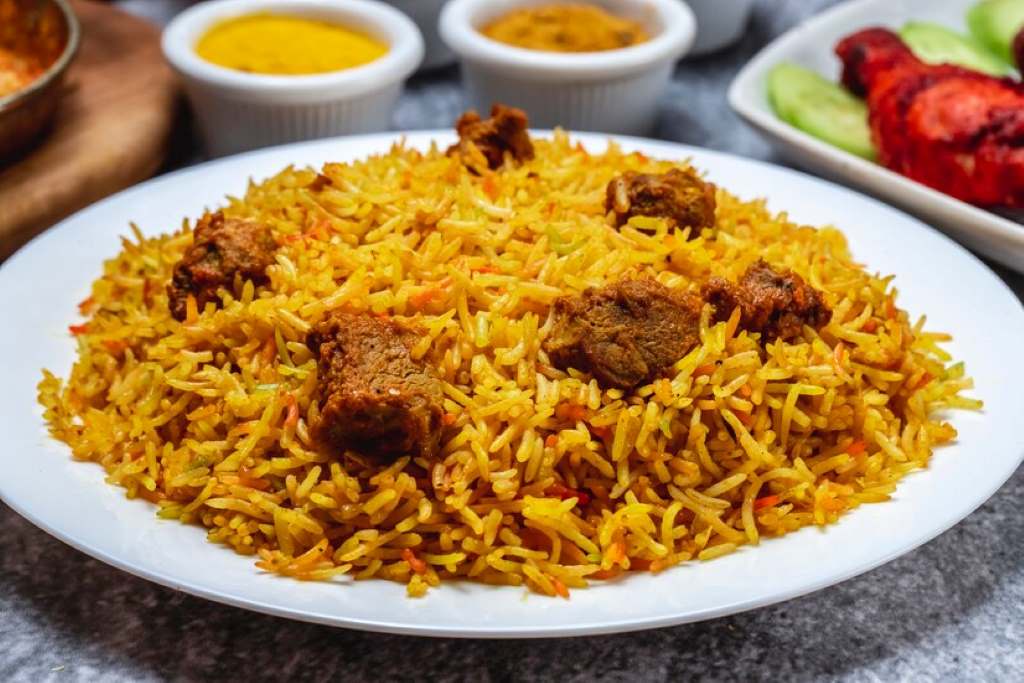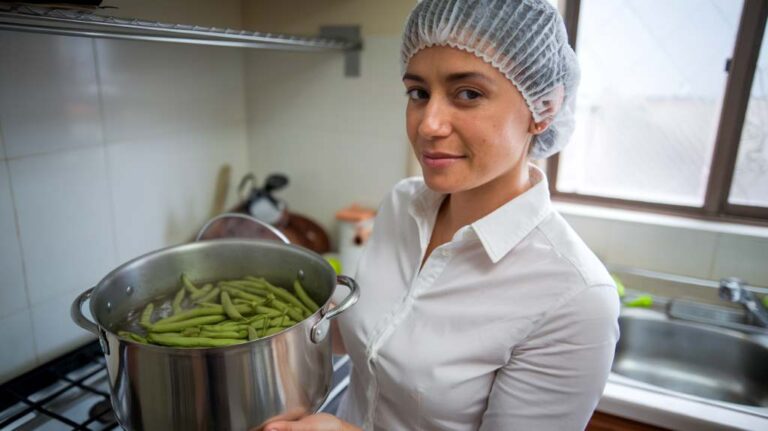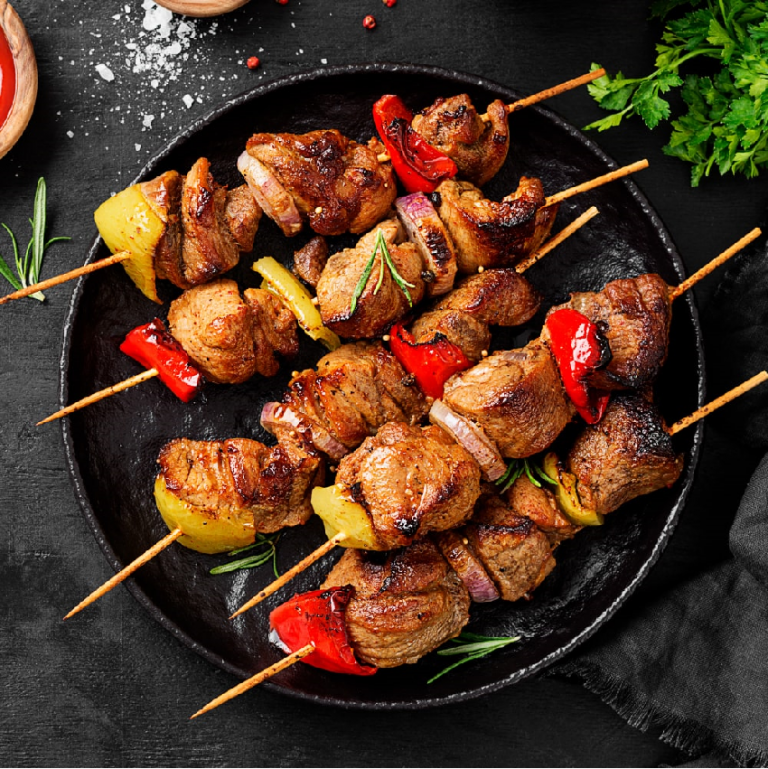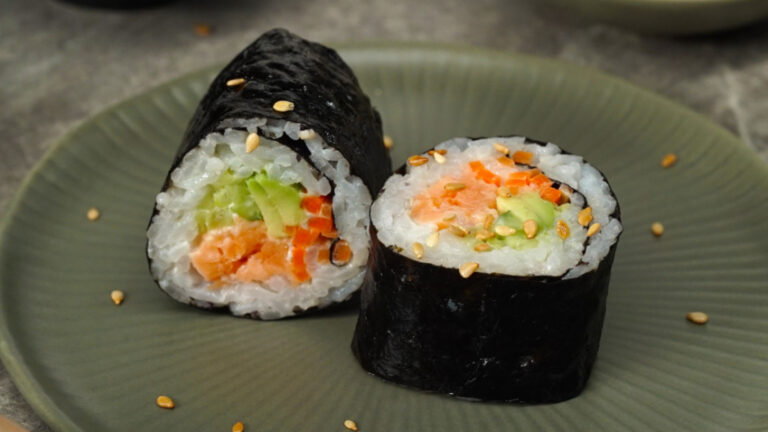Jollof rice, a beloved West African dish, has become a global sensation for its rich flavors and vibrant color. Whether served at family gatherings, weddings, or celebrations, Jollof rice never fails to satisfy. But as health-consciousness continues to rise, one question that often comes up is: Is Jollof rice healthy? The dish’s basic ingredients include rice, tomatoes, onions, and a variety of spices, making it a flavorful and satisfying option. However, its health benefits or potential downsides depend on preparation methods and portion sizes.
In this article, we will break down the nutritional value of Jollof rice, weigh its health benefits, discuss possible concerns, and explore how to make it a healthier option without sacrificing taste.
Table of Contents
ToggleWhat Makes Jollof Rice So Popular?
Before diving into the health aspects, it’s worth understanding why Jollof rice is so popular. Jollof rice is known for its delicious, hearty flavor profile, which comes from a combination of ingredients like tomatoes, onions, garlic, and various spices, including thyme, curry, and bay leaves. These ingredients come together to create a tangy, aromatic dish that pairs well with a variety of proteins, such as chicken, beef, or fish. It’s a dish that’s not only filling but also highly adaptable, making it a staple in many West African homes and celebrations.
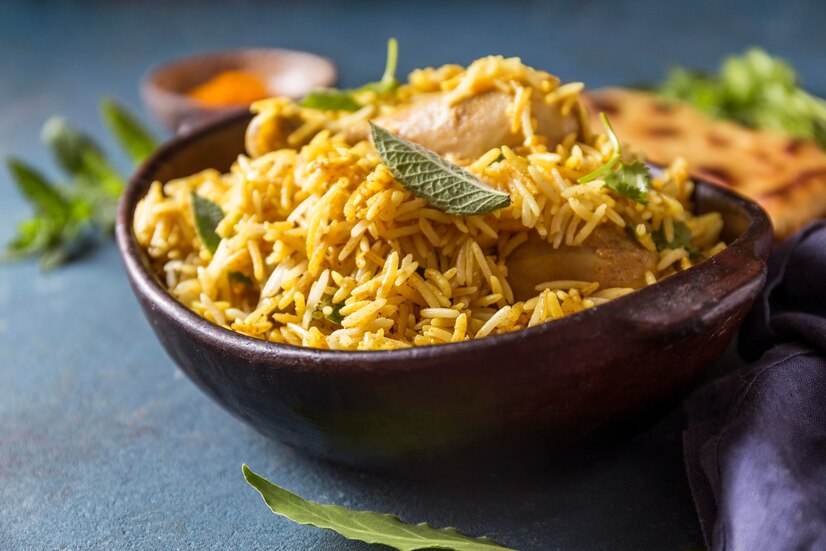
The Nutritional Breakdown of Jollof Rice
Jollof rice typically consists of several core ingredients: rice, tomatoes, onions, and a blend of seasonings and oils. Let’s examine the health profile of these components.
- Rice: The base of Jollof rice is typically long-grain white rice, which is a source of carbohydrates, providing energy. However, white rice lacks fiber, which means it can cause a rapid spike in blood sugar levels, a concern for those managing diabetes or trying to control their weight. Brown rice or other whole grains can be healthier alternatives, offering more fiber, vitamins, and minerals.
- Tomatoes: Tomatoes, a key ingredient in Jollof rice, provide antioxidants like lycopene, which is associated with heart health and cancer prevention. Tomatoes are also low in calories, which can help make the dish a bit lighter. They provide vitamin C, which boosts immunity and aids in collagen production, contributing to skin and tissue health.
- Onions and Spices: Onions are rich in antioxidants and have been linked to various health benefits, such as improved heart health and anti-inflammatory effects. Spices like thyme and curry contain various bioactive compounds, such as flavonoids, which may help with digestive health and may even boost metabolism.
- Oil and Fat: In traditional Jollof rice, oil (often vegetable or palm oil) is used to fry the base ingredients. Palm oil, which is commonly used in many West African dishes, is high in saturated fat. While it contains some beneficial nutrients like vitamin E and beta-carotene, the high saturated fat content can be a concern when consumed in large amounts. Using a moderate amount of oil or opting for healthier alternatives like olive oil can reduce the calorie content and make the dish more heart-healthy.
- Proteins and Add-ins: Jollof rice is often paired with protein-rich foods like chicken, beef, or fish. These proteins provide essential nutrients like iron, zinc, and omega-3 fatty acids (in the case of fish), which are important for maintaining muscle mass, supporting brain function, and strengthening the immune system.
The Health Benefits of Jollof Rice
When consumed in moderation and with mindful ingredient choices, Jollof rice can offer several health benefits. Here are some reasons why Jollof rice can be considered healthy:
- Rich in Antioxidants: Tomatoes and spices such as thyme, curry, and garlic provide antioxidants that help protect the body against oxidative stress, a contributor to aging and diseases like cancer. Lycopene, found in tomatoes, is especially beneficial for heart health and reducing inflammation.
- Provides Energy: The carbohydrate content in Jollof rice gives a sustained energy source, making it an excellent dish for long days or when you need a filling meal. For active individuals, athletes, or those needing an energy boost, Jollof rice can be a great option when paired with lean proteins.
- Supports Immune Health: The presence of vitamin C in tomatoes and onions, along with the anti-inflammatory properties of spices, can boost the immune system, making Jollof rice a meal that contributes to overall health.
- Versatile and Adaptable: Jollof rice is highly customizable. You can swap white rice for brown rice or quinoa for added fiber and nutrients. You can also include more vegetables like bell peppers or leafy greens to increase the meal’s vitamin and mineral content, making it a well-rounded, nutritious option.
Is Jollof Rice Bad for You?
Despite its many benefits, there are some concerns about Jollof rice, particularly when it’s made with large amounts of oil or white rice.
- High in Calories and Fat: Jollof rice can be quite calorie-dense due to the amount of oil used in cooking. If consumed in excess or paired with fatty meats, it could lead to an unhealthy increase in daily calorie intake. This can be particularly problematic for those trying to lose weight or manage conditions like heart disease.
- Refined Carbs: Traditional Jollof rice is made with white rice, which is a refined carbohydrate. This type of rice can cause rapid spikes in blood sugar levels, potentially leading to insulin resistance and other metabolic issues when consumed frequently. If you’re concerned about blood sugar levels or weight gain, choosing brown rice, which has a lower glycemic index, may be a better option.
- Sodium Levels: Some recipes for Jollof rice rely on bouillon cubes or seasonings that are high in sodium. High sodium intake can contribute to hypertension (high blood pressure) and increase the risk of cardiovascular diseases. To make the dish healthier, opt for low-sodium seasonings or make your own spice mix.
How to Make Jollof Rice Healthier
To enjoy Jollof rice without feeling guilty, there are a few changes you can make to reduce its calorie and fat content while maintaining its rich flavor.
- Use Less Oil: One of the easiest ways to reduce the fat content of Jollof rice is to use less oil during preparation. You can also switch to healthier oils, like olive oil, which contains unsaturated fats that are better for heart health.
- Choose Brown Rice or Quinoa: Replacing white rice with brown rice or quinoa increases the fiber content of the dish, helping with digestion and making you feel fuller for longer. Brown rice also has more vitamins and minerals compared to white rice.
- Add More Vegetables: Boost the nutrient density of your Jollof rice by adding vegetables such as bell peppers, peas, carrots, or spinach. These additions will enhance the flavor and provide a wider range of vitamins and minerals.
- Control Portion Sizes: Like any dish, portion control is essential for making Jollof rice a healthy choice. Instead of serving large portions, try to stick to recommended serving sizes to avoid overeating.
- Opt for Lean Proteins: Pair Jollof rice with grilled or baked chicken, fish, or plant-based proteins like lentils to reduce saturated fat intake. This will make your meal more balanced and nutritious.
Conclusion
So, is Jollof rice healthy? The answer depends largely on how it is prepared. Jollof rice can be a nutritious dish packed with antioxidants, vitamins, and healthy fats, especially when you use healthier cooking methods, choose whole grains, and avoid excessive oil or high-fat meats. While it can be calorie-dense and high in refined carbs, there are simple ways to make this beloved dish healthier without sacrificing its incredible taste. By making small adjustments and being mindful of your portions, Jollof rice can certainly be a part of a balanced, healthy diet.

